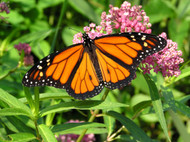Saving Monarch Butterflies
Aug 13, 2025
Saving Monarch Butterflies With Native Plants
Monarch butterflies are a favorite of many nature lovers. Their stunning orange and black wings are unmistakable, and their long migratory journey from Canada and the northern United States to central Mexico is one of the most remarkable beauties in the animal kingdom. However, monarch populations have been declining rapidly in recent decades, largely due to habitat loss, climate change, and pesticide use. Fortunately, there are steps that gardeners, homeowners, and community members can take to help, starting with the plants they choose to grow.
Native plants are the single best way to help monarchs. By selecting native plants that supply food, shelter and breeding habitat for monarchs, gardeners can create a habitat that will sustain monarchs at every stage of their life cycle. Every garden, whether it is a small balcony planter or a large backyard, can contribute a "stopover" that links up with others to create a corridor of resources for migrating monarchs. The right plants can make all the difference.

Why Monarchs Need Your Help
Monarch butterflies are in trouble. Over the past two decades, milkweed (the plant on which monarchs lay their eggs) has been lost from roadsides, fields, and farmland at an alarming rate due to development and herbicide use. Climate change is also disrupting migration patterns and affecting the timing of flowering plants that provide nectar for adult butterflies.
Monarchs lay their eggs exclusively on milkweed plants, which become the sole food source. Without milkweed, monarchs cannot reproduce successfully. In addition to breeding habitat, monarchs also require nectar-rich flowers to sustain them on their long migration. When fields of wildflowers are replaced with lawns or paved surfaces, monarchs lose essential feeding stations along their migratory route.
But there is hope: planting native milkweed and other nectar plants can directly reverse some of this habitat loss. Even a small patch of garden can become a critical rest stop for migrating butterflies.
The Importance of Native Plants for Monarchs
Native plants are essential to monarch conservation because they have coevolved with local wildlife over thousands of years. Native species are adapted to the region’s soil, climate, and ecosystem, which means they are more resilient and require less fertilizer or extra watering. More importantly, native plants provide the exact nutrients and habitat features that monarchs and other local wildlife need to thrive.
For monarch caterpillars, native milkweeds (genus Asclepias) are essential. Popular tropical milkweed (Asclepias curassavica) sold in garden centers can actually harm monarch conservation efforts in most of North America by disrupting migration cycles and spreading parasites. Instead, gardeners should plant local milkweed species such as:
Common milkweed (Asclepias syriaca) – Tall, fragrant, easy to grow in sunny locations.
Swamp milkweed (Asclepias incarnata) – Prefers moist soil, great for rain gardens.
Butterfly weed (Asclepias tuberosa) – Compact, drought-tolerant, bright orange flowers.
Adult monarchs also need a steady supply of nectar throughout their breeding and migration seasons. Planting a variety of native flowers that bloom from early spring through late fall ensures that monarchs have something to feed on no matter when they visit your garden.
Monarch butterflies passing through central and northern Florida in the spring and fall have access to a rich source of milkweed plants that thrive in the summer heat and shade provided by trees. Migrating butterflies that summer in Florida will benefit from adding native floating wetland plants to lakes and ponds to attract them.
Monarch butterflies are currently declining in population, and they need all the help they can get to support their survival. Pollinators in general are in need of our help, and when we design pollinator-friendly gardens with nectar and larval food plants in mind, we can support and attract a wide variety of butterflies and bees.
Monarch butterflies are more than just a symbol of transformation—they’re living reminders of how interconnected our world is. Their survival depends on a chain of habitats that stretches across a continent, and we are part of that chain.
This season, consider setting aside part of your garden for milkweed and native flowers. Encourage your local school to plant a pollinator garden. Support conservation programs that protect monarch overwintering sites in Mexico and along their migration routes.

Every native plant you put in the ground is another opportunity to save these amazing creatures. Picture a monarch landing on a flower you planted, soaking up the nectar you provided to fuel its flight or give it a breeding ground, before taking off once again on its incredible journey.
You can make a difference and when you choose native plants, you are not only gardening; you are also helping to save a species, restore ecosystems and build a better, more beautiful, more balanced world. The future of the monarch can be as bright as its wings— but only if we act now.

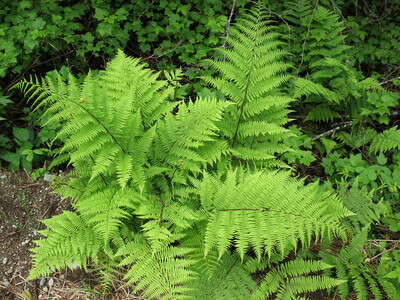 Native Ferns
Native Ferns
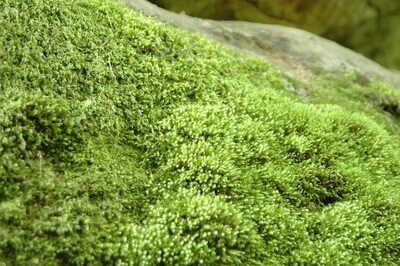 Native Mosses
Native Mosses
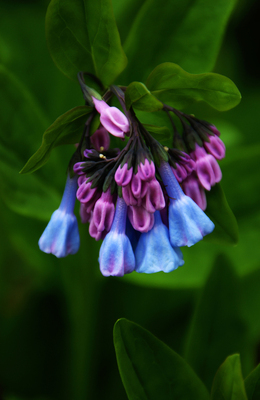 Native Perennials
Native Perennials
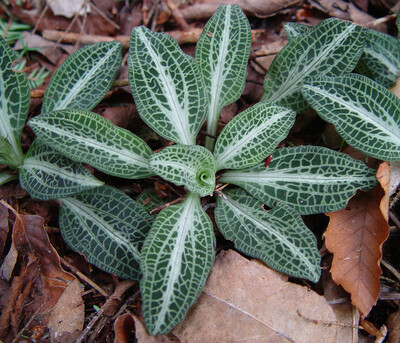 Native Ground Covers
Native Ground Covers
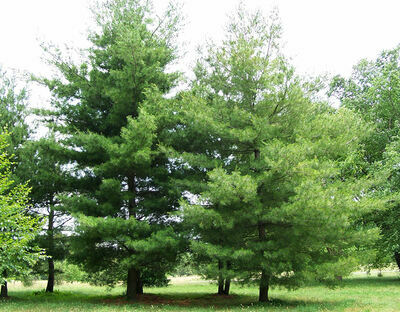 Native Trees
Native Trees
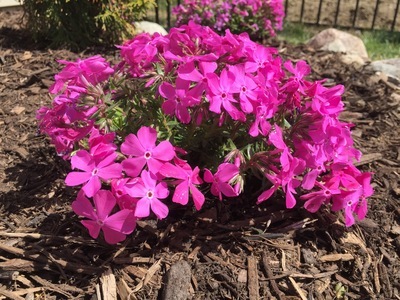 Shop By Zone
Shop By Zone
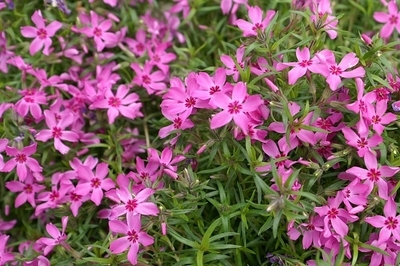 Flowering Groundcovers
Flowering Groundcovers
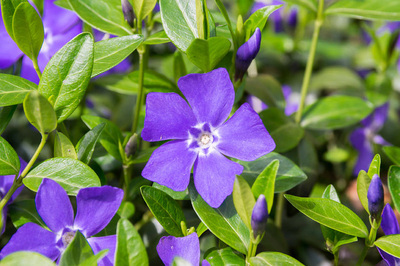 Evergreen Groundcovers
Evergreen Groundcovers
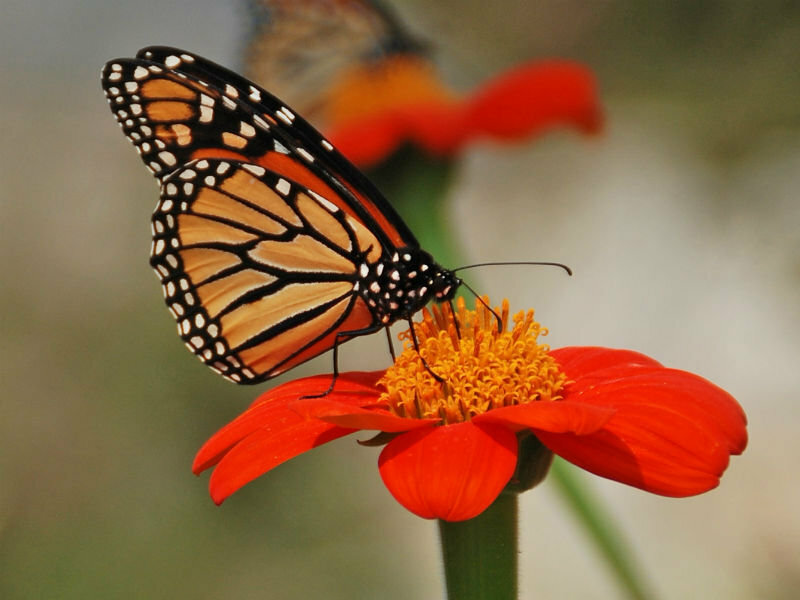 Pollinators
Pollinators
 Shop Bloom Color
Shop Bloom Color
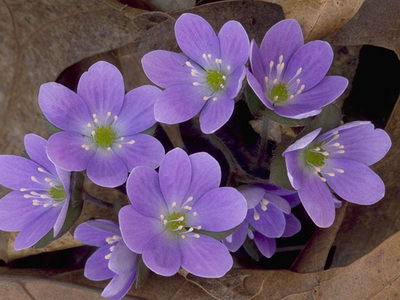 Perennials By Zone
Perennials By Zone
 Medicinal Herb Plants
Medicinal Herb Plants
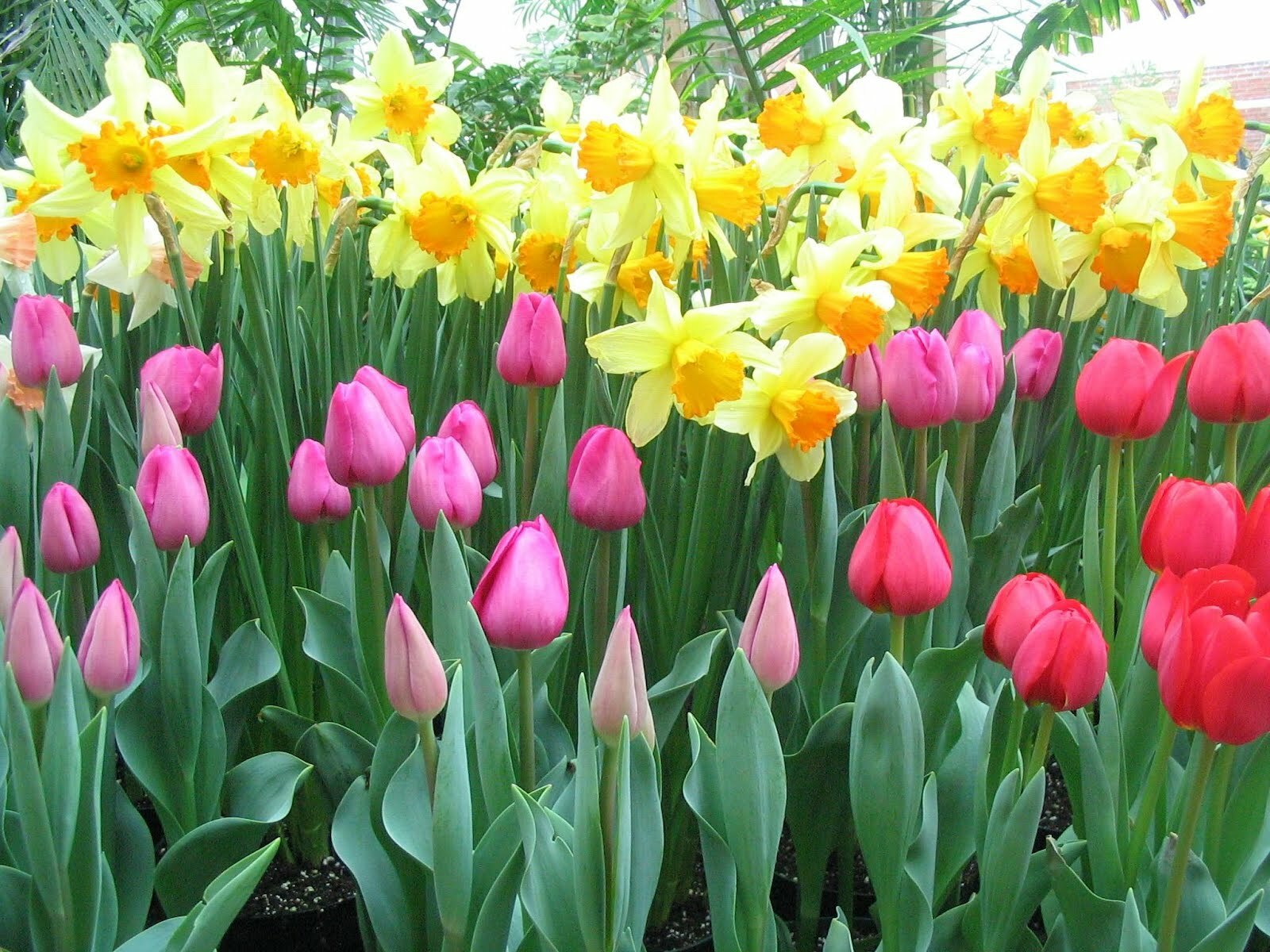 Spring Bulbs
Spring Bulbs
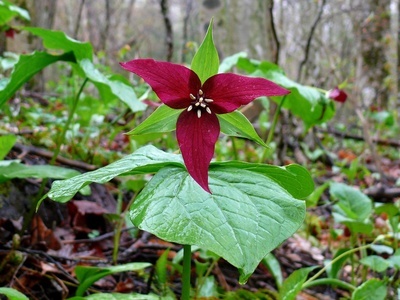 Trillium
Trillium
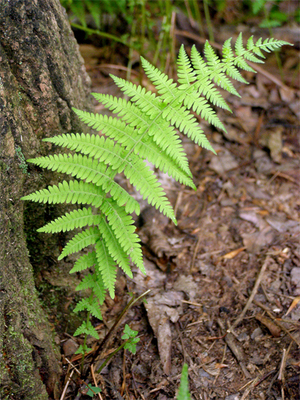 Ferns for Zone 3
Ferns for Zone 3
 Ferns for Zone 4
Ferns for Zone 4
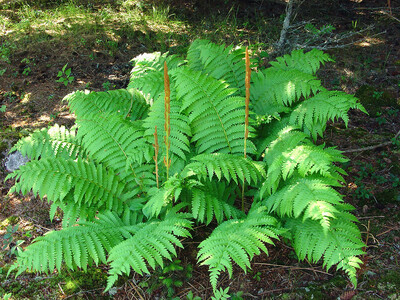 Ferns for Zone 5
Ferns for Zone 5
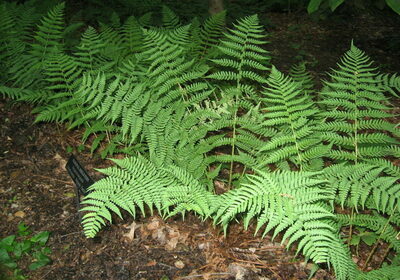 Ferns for Zone 6
Ferns for Zone 6
 Ferns for Zone 7
Ferns for Zone 7
 Ferns for Zone 8
Ferns for Zone 8
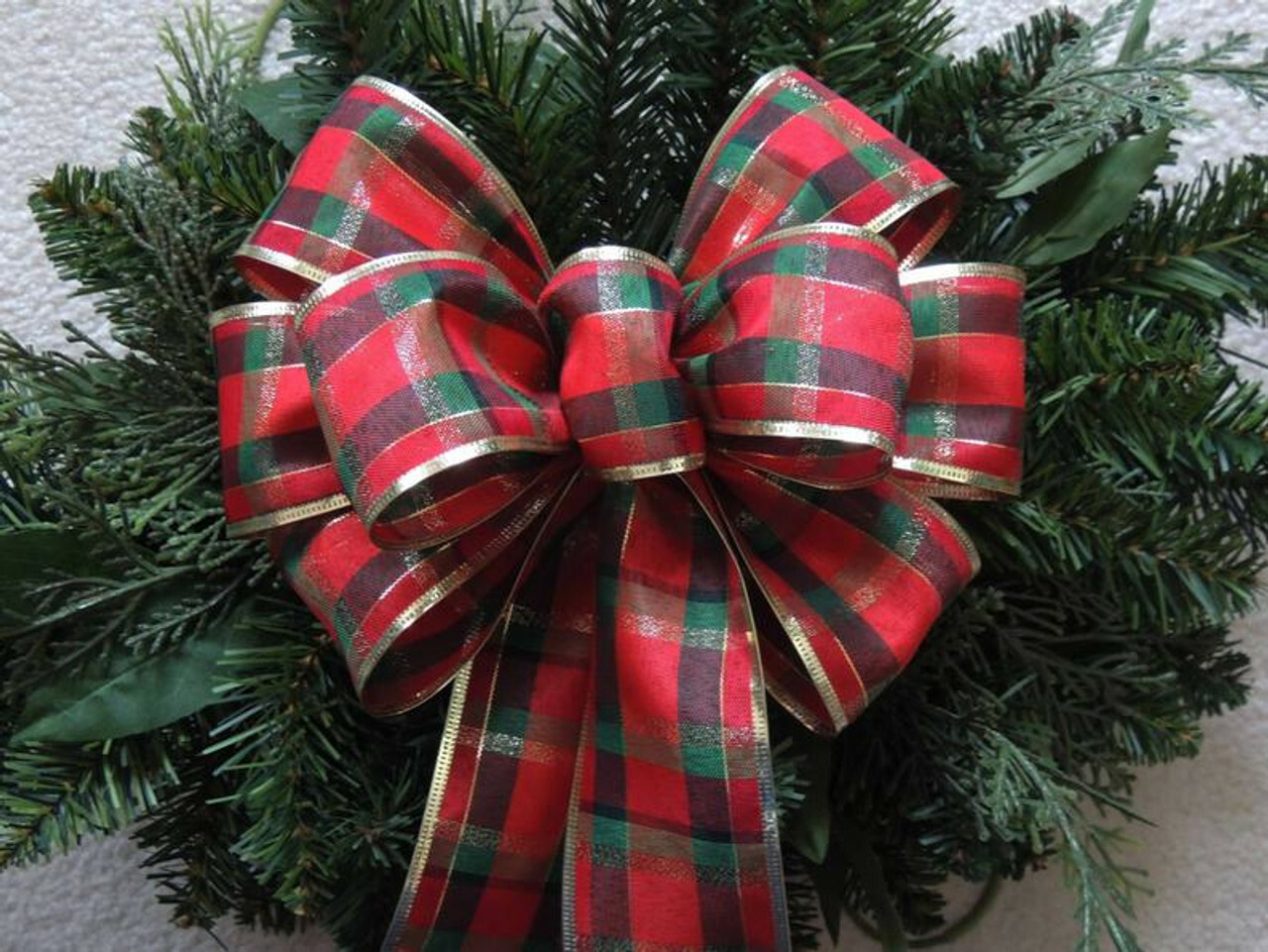 Christmas bows
Christmas bows
 Fresh Wreaths
Fresh Wreaths
 Garlands
Garlands
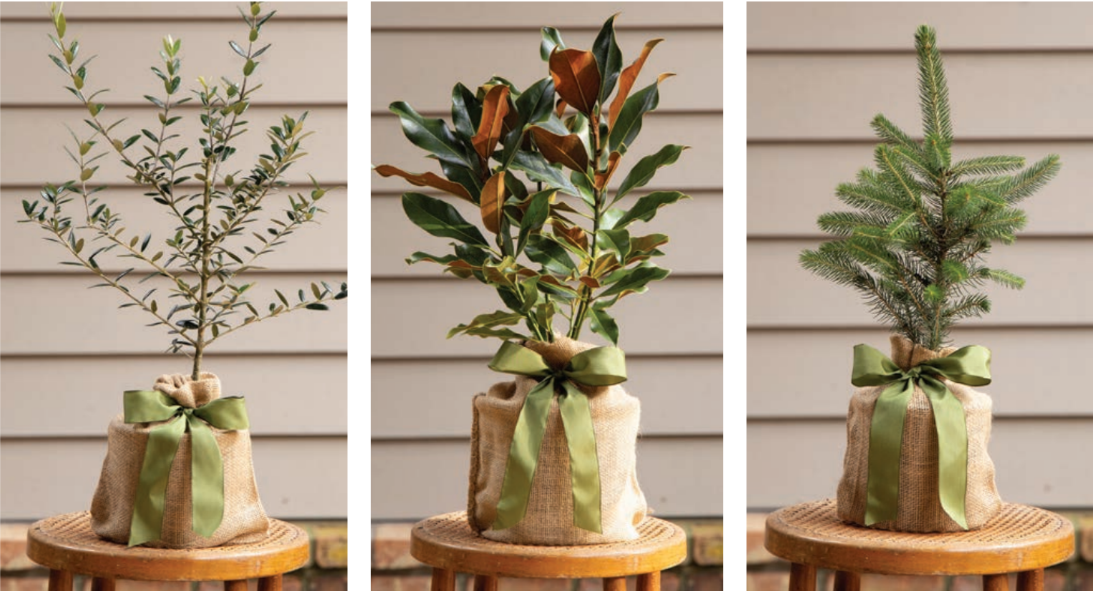 Holiday Gift Trees
Holiday Gift Trees
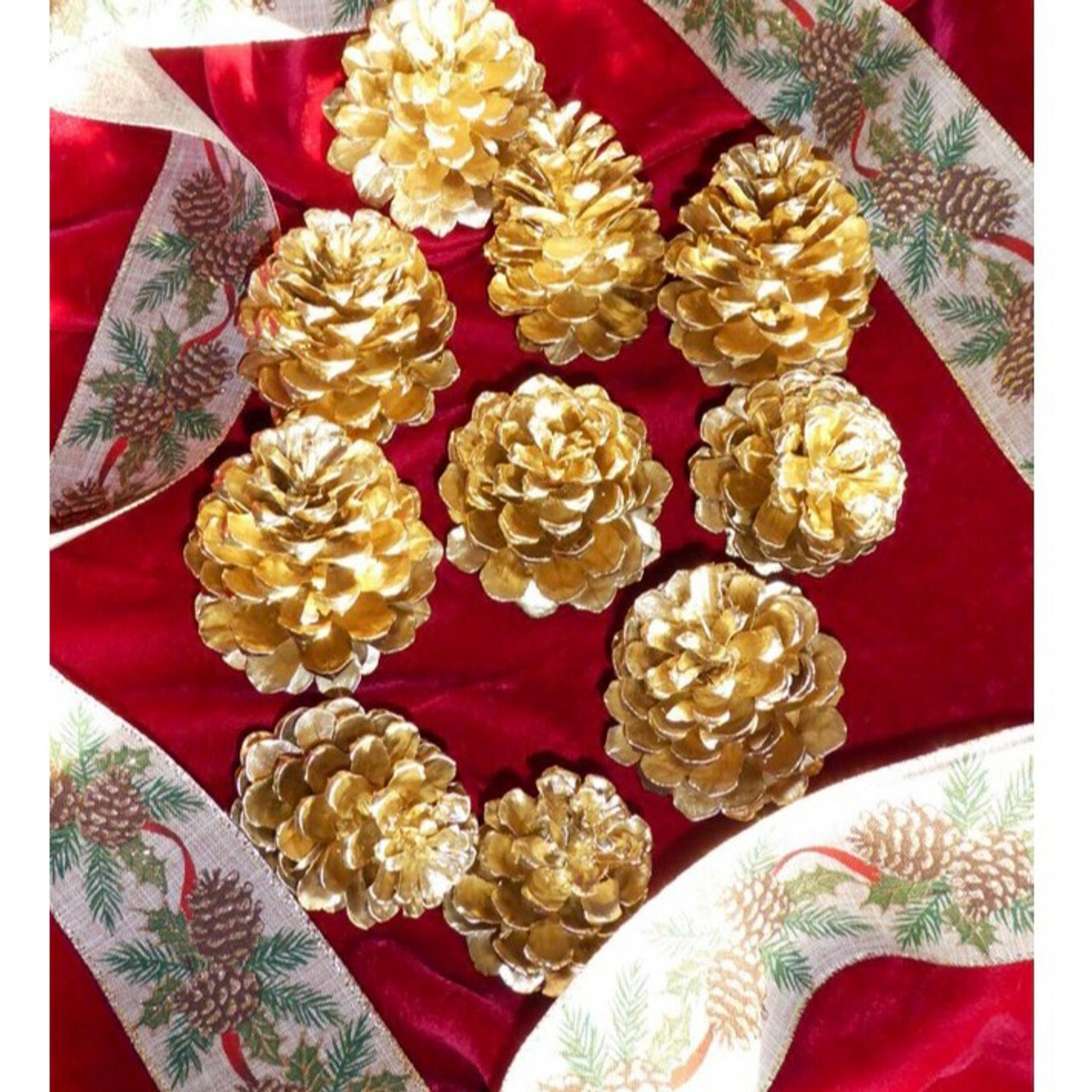 Large Pine Cones
Large Pine Cones
 Live Mistletoe
Live Mistletoe
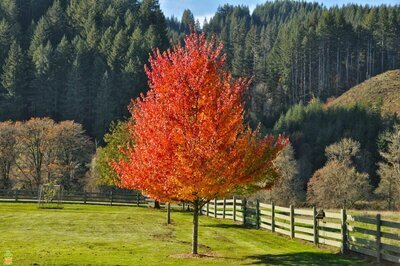 Shop Trees By Zone
Shop Trees By Zone
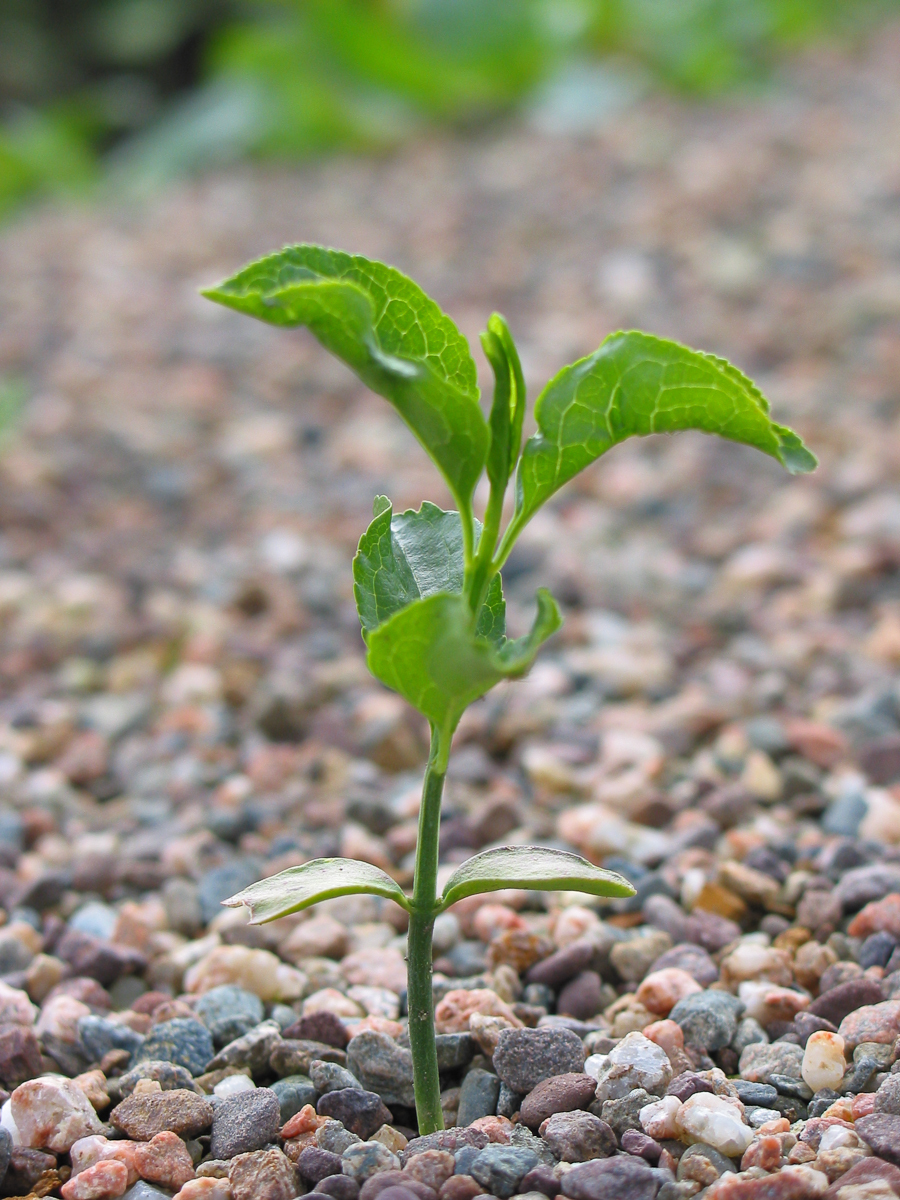 Tree Seedlings
Tree Seedlings
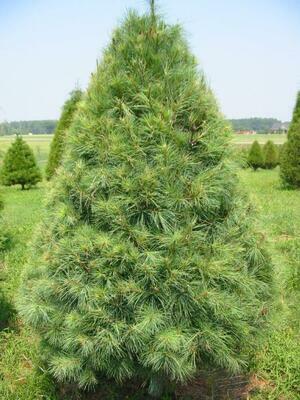 Fast Growing Trees
Fast Growing Trees
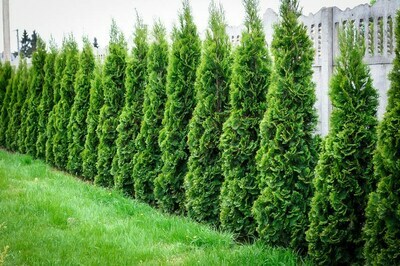 Pine Trees
Pine Trees
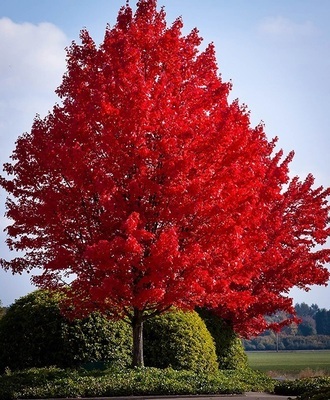 Live Stakes
Live Stakes
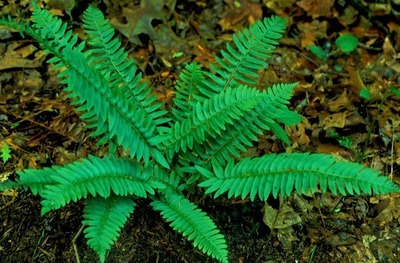 Evergreens
Evergreens
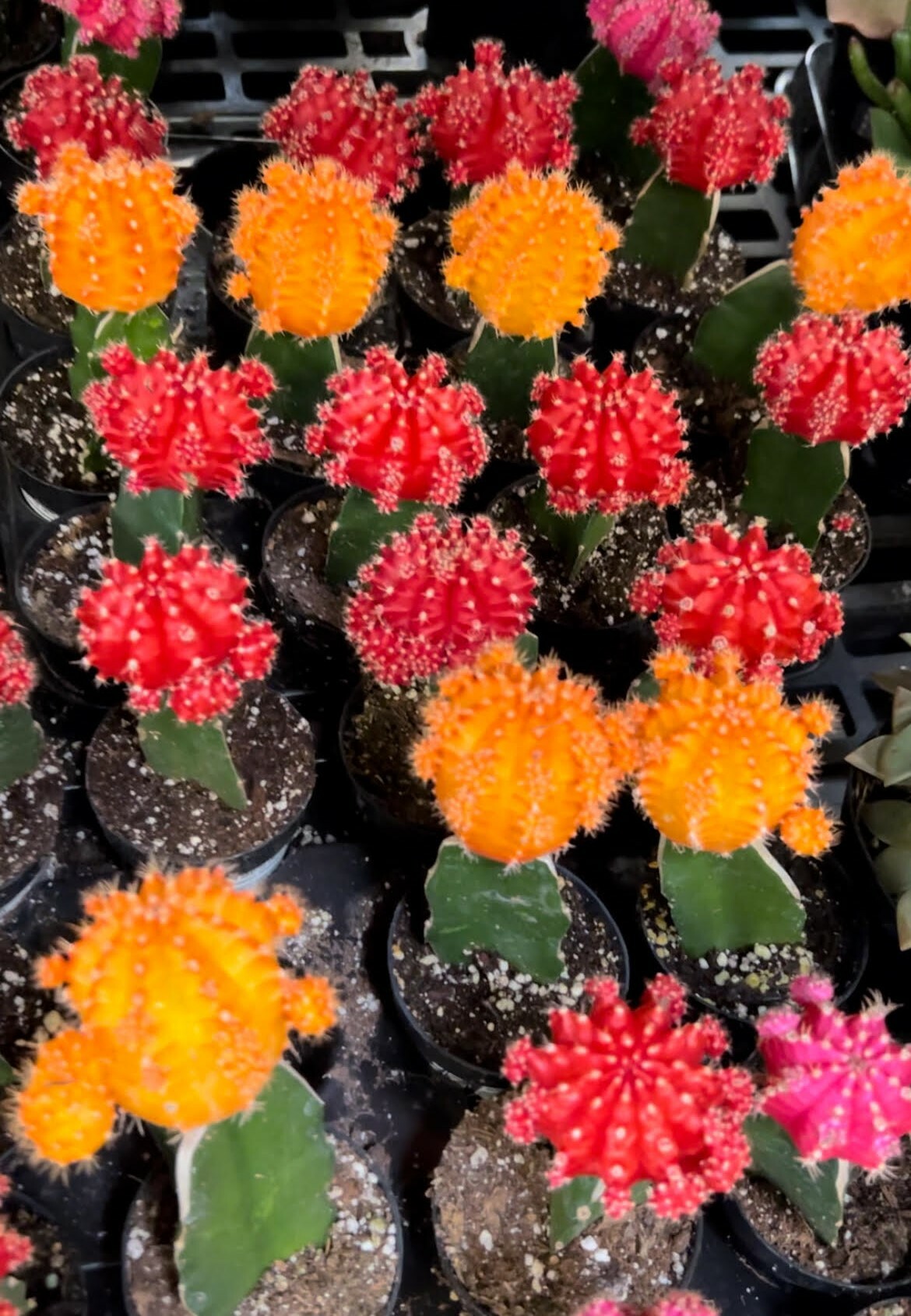 Cactus
Cactus
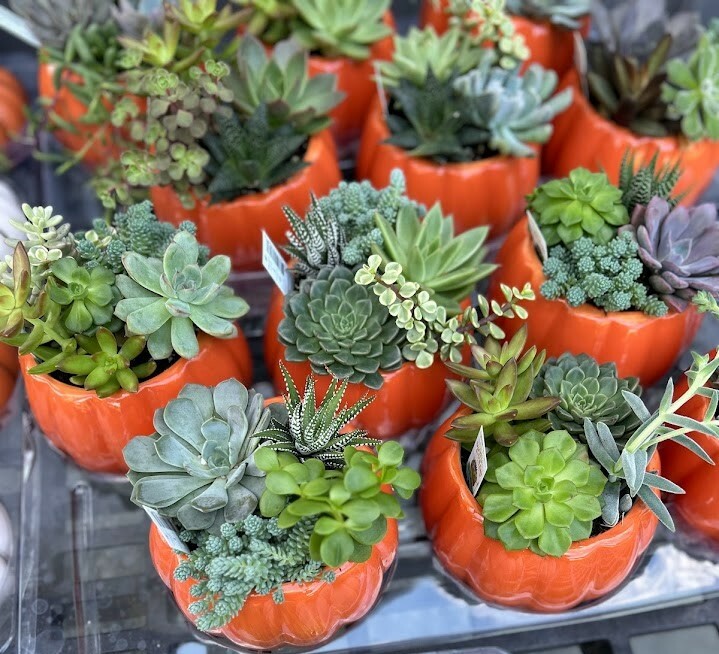 Combos
Combos
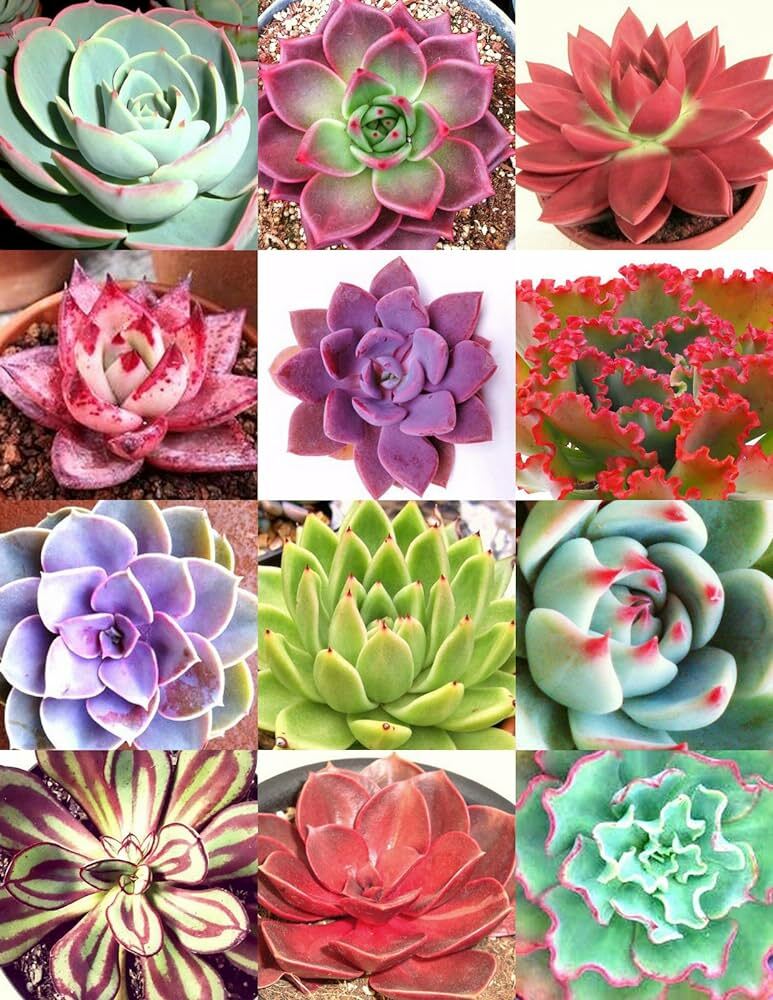 Echeveria
Echeveria
 Haworthia
Haworthia
 Sedum - Stonecrop
Sedum - Stonecrop
